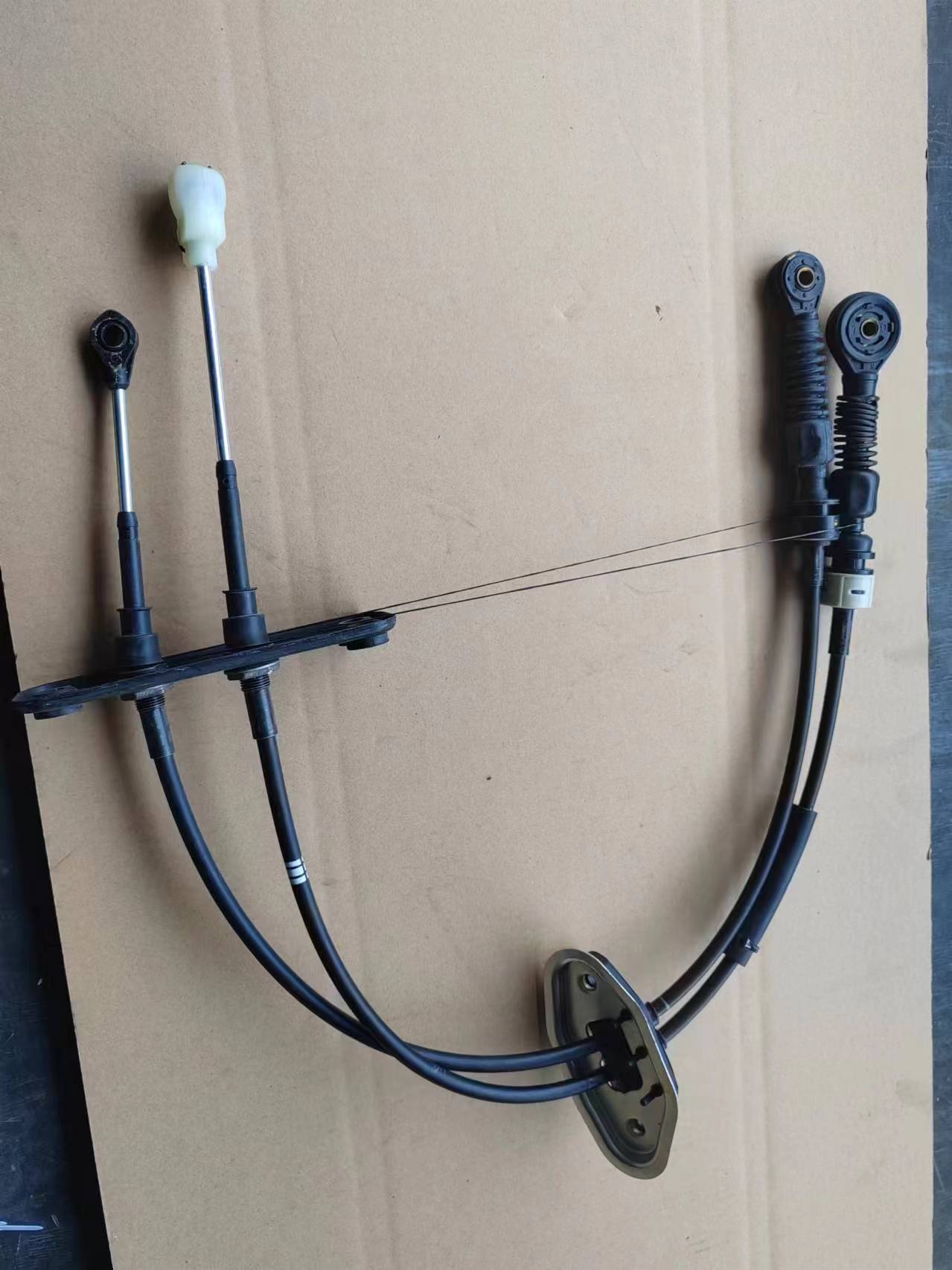throttle cable assembly
Understanding the Throttle Cable Assembly A Key Component in Vehicle Performance
The throttle cable assembly is a crucial element in the operation of various motor vehicles, including cars, motorcycles, and boats. It serves as a direct link between the accelerator pedal and the engine's throttle body, controlling the flow of air and fuel to the engine. Understanding its function, components, and maintenance is essential for vehicle enthusiasts and mechanics alike.
The Function of the Throttle Cable Assembly
At its core, the throttle cable assembly is responsible for translating the driver's input from the accelerator pedal into a corresponding increase or decrease in engine power. When the driver presses the accelerator, the cable pulls on a lever in the throttle body, allowing more air and fuel into the engine. This process increases engine RPM, enhancing acceleration and speed.
The assembly itself consists of several components, including the cable, housing, and various connectors and fittings. The cable is typically made of a flexible material, such as steel or composite materials, designed to withstand high tension and friction as it operates. The housing protects the cable from environmental elements and mechanical wear.
Components of the Throttle Cable Assembly
1. Throttle Cable The main component that connects the accelerator pedal to the throttle body. This cable must be flexible yet robust enough to withstand constant movement and tension.
2. Housing A protective cover that encases the throttle cable, preventing damage from dirt, moisture, and mechanical interference. The housing ensures smooth operation by minimizing friction on the cable.
3. Connecting Fittings These components attach the throttle cable to the accelerator pedal and the throttle body. They play a vital role in ensuring the assembly functions smoothly and is adjusted correctly.
4. Adjuster Some throttle cable assemblies come with an adjuster mechanism that allows for fine-tuning of cable tension. This feature is essential for maintaining optimal performance and responding accurately to driver input.
throttle cable assembly

Importance of Maintenance
Regular maintenance of the throttle cable assembly is vital for the safe and efficient operation of a vehicle. Over time, the cable can stretch, fray, or become sticky due to dirt and grime accumulation. These issues can lead to delayed throttle response, erratic acceleration, or even complete failure, which poses serious safety risks.
Signs of Throttle Cable Issues
Drivers should be aware of several warning signs that may indicate a problem with the throttle cable assembly
- Unresponsive acceleration If pressing the accelerator does not produce the expected increase in speed, it could be a sign of cable malfunction. - Sticky or jerky response A throttle cable that is worn or dirty may not operate smoothly, leading to sudden, unpredictable acceleration changes. - Increased effort on the accelerator If it feels like the accelerator requires more force to engage than usual, it may indicate that the cable is binding or has become sluggish.
Replacement and Repair
When a throttle cable assembly shows signs of wear or failure, it is crucial to address the issue promptly. Replacement typically involves disconnecting the old cable from both the accelerator pedal and the throttle body, and then installing a new one. While this task can be done by experienced DIY mechanics, it's often best handled by a professional, especially for modern vehicles equipped with complex electronic throttle control systems.
Conclusion
The throttle cable assembly is an essential component that significantly influences vehicle performance and driver experience. Understanding how it works, recognizing the signs of wear, and conducting proper maintenance can help ensure your vehicle operates smoothly and efficiently. Whether you're an automotive professional or a car enthusiast, paying attention to the throttle cable assembly will contribute to safer driving and optimal performance on the road.
-
Upgrade Your Vehicle with High-Quality Handbrake CablesNewsNov.01,2024
-
Optimize Your Bike's Performance with Quality CablesNewsNov.01,2024
-
Enhance Your Vehicle's Performance with Quality Clutch ComponentsNewsNov.01,2024
-
Elevate Your Vehicle's Performance with Quality Throttle CablesNewsNov.01,2024
-
Elevate Your Vehicle's Performance with Quality CablesNewsNov.01,2024
-
Affordable Solutions for Your Cable NeedsNewsNov.01,2024
